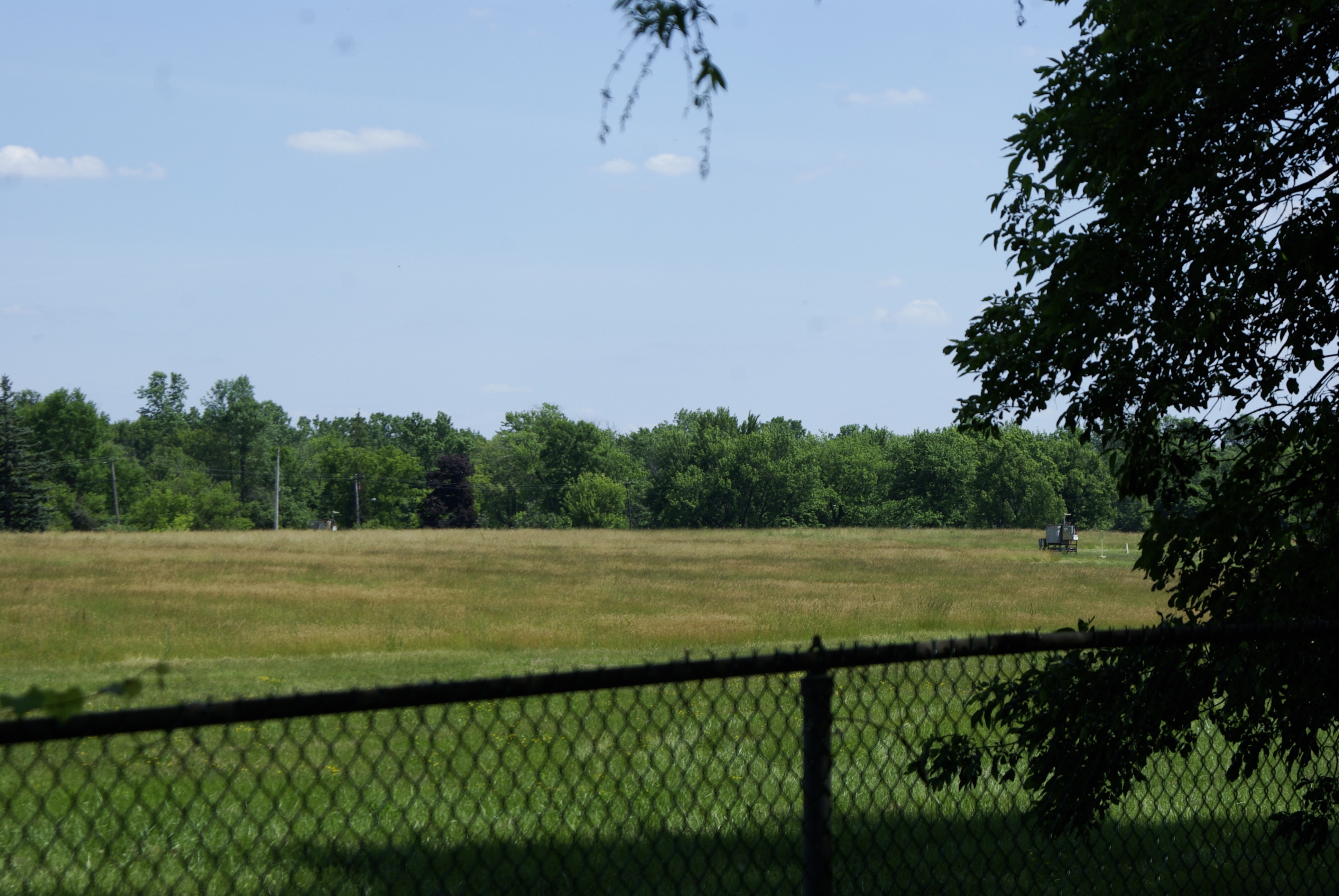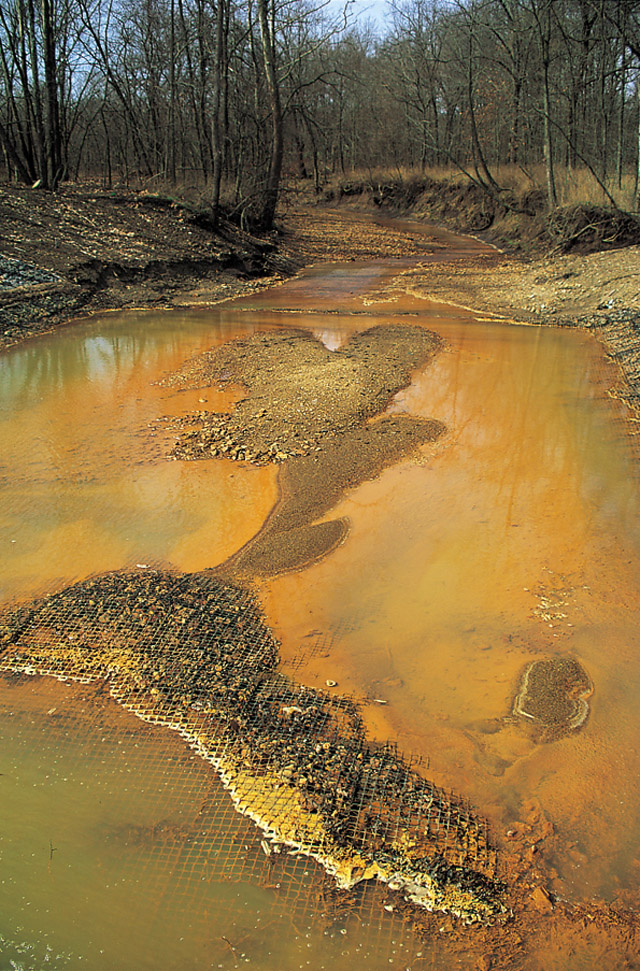|
Environmental Disaster
An environmental disaster or ecological disaster is defined as a catastrophic event regarding the natural environment that is due to human activity.Jared M. Diamond, '' Collapse: How Societies Choose to Fail or Succeed'', 2005 This point distinguishes environmental disasters from other disturbances such as natural disasters and intentional acts of war such as nuclear bombings. Environmental disasters show how the impact of humans' alteration of the land has led to widespread and/or long-lasting consequences. These disasters have included deaths of wildlife, humans and plants, or severe disruption of human life or health, possibly requiring migration. Some environmental disasters are the trigger source of more expansive environmental conflicts, where effected groups try to socially confront the actors responsible for the disaster. Environmental disasters Environmental disasters have historically affected agriculture, wildlife biodiversity, the economy, and human health. The most ... [...More Info...] [...Related Items...] OR: [Wikipedia] [Google] [Baidu] |
Love Canal
Love Canal was a neighborhood in Niagara Falls, New York, United States, infamous as the location of a landfill that became the site of an environmental disaster discovered in 1977. Decades of dumping toxic chemicals killed residents and harmed the health of hundreds, often profoundly. The area was cleaned up over 21 years in a Superfund operation. In 1890, Love Canal was created as a model planned community, but was only partially developed. In 1894, work was begun on a canal that would have linked lakes Erie and Ontario, but it was abandoned after only was dug. In the 1920s, the canal became a dump site for municipal refuse for the city of Niagara Falls. During the 1940s, the canal was purchased by Hooker Chemical Company, which used the site to dump 19,800 metric tonnes of chemical byproducts from the manufacturing of dyes, perfumes, and solvents for rubber and synthetic resins. Love Canal was sold to the Niagara Falls City School District, local school district in 1953 f ... [...More Info...] [...Related Items...] OR: [Wikipedia] [Google] [Baidu] |
Tailings
In mining, tailings or tails are the materials left over after the process of separating the valuable fraction from the uneconomic fraction (gangue) of an ore. Tailings are different from overburden, which is the waste rock or other material that overlies an ore or mineral body and is displaced during mining without being processed. Waste valorization is the evaluation of waste and residues from an economic process in order to determine their value in reuse or recycling, as what was gangue at the time of separation may increase with time or more sophisticated recovery processes. The extraction of minerals from ore can be done two ways: placer mining, which uses water and gravity to concentrate the valuable minerals, or hard rock mining, which pulverizes the rock containing the ore and then relies on chemical reactions to concentrate the sought-after material. In the latter, the extraction of minerals from ore requires comminution, i.e., grinding the ore into fine partic ... [...More Info...] [...Related Items...] OR: [Wikipedia] [Google] [Baidu] |
Ok Tedi Environmental Disaster
The Ok Tedi environmental disaster caused severe harm to the environment along of the Ok Tedi River and the Fly River in the Western Province of Papua New Guinea from 1984 to 2013, with the damage still ongoing. The lives of 50,000 people have been disrupted by the disaster. One of the worst environmental disasters caused by humans, it is a consequence of the discharge of about two billion tons of untreated mining waste into the Ok Tedi from the Ok Tedi Mine, an open pit mine situated in the province. This mining pollution, caused by the collapse of the Ok Tedi tailings dam system in 1984 and the consequent switch to riverine disposal (disposal of tailings directly into the river) for several decades, was the subject of class action litigation brought by local landowners naming Ok Tedi Mining and BHP Billiton. Villagers downstream from Ok Tedi in the Fly River system in the Middle Fly District and the southern and central areas of the North Fly District in particular believ ... [...More Info...] [...Related Items...] OR: [Wikipedia] [Google] [Baidu] |
Amoco Cadiz Oil Spill
The ''Amoco Cadiz'' oil spill took place on 16 March 1978, when the oil tanker ''Amoco Cadiz'', owned by the American petroleum company Amoco, ran aground on Portsall Rocks, from the coast of Brittany, France. The vessel ultimately split in three and sank. The US National Oceanic and Atmospheric Administration (NOAA) estimates that the total oil spill amounted to 220,880 tonnes of oil which amounts to over 58 million gallons or 256.2 million litres, making it the largest oil spill of its kind at the time. Sequence of events En route from the Persian Gulf to Rotterdam, The Netherlands, via a scheduled stop at Lyme Bay, United Kingdom, the oil tanker ''Amoco Cadiz'', owned by the US-based petroleum company Amoco, encountered stormy weather with gale conditions and high seas while in the English Channel. At around 09:45, a heavy wave slammed into the ship's rudder, resulting in loss of control from the helm. This was later found to be due to the shearing of threaded studs in th ... [...More Info...] [...Related Items...] OR: [Wikipedia] [Google] [Baidu] |
Love Canal Disaster
Love Canal was a neighborhood in Niagara Falls, New York, United States, infamous as the location of a landfill that became the site of an environmental disaster discovered in 1977. Decades of dumping toxic chemicals killed residents and harmed the health of hundreds, often profoundly. The area was cleaned up over 21 years in a Superfund operation. In 1890, Love Canal was created as a model planned community, but was only partially developed. In 1894, work was begun on a canal that would have linked lakes Erie and Ontario, but it was abandoned after only was dug. In the 1920s, the canal became a dump site for municipal refuse for the city of Niagara Falls. During the 1940s, the canal was purchased by Hooker Chemical Company, which used the site to dump 19,800 metric tonnes of chemical byproducts from the manufacturing of dyes, perfumes, and solvents for rubber and synthetic resins. Love Canal was sold to the local school district in 1953 for $1, after the threat of eminent ... [...More Info...] [...Related Items...] OR: [Wikipedia] [Google] [Baidu] |
Superfund
Superfund is a United States federal environmental remediation program established by the Comprehensive Environmental Response, Compensation, and Liability Act of 1980 (CERCLA). The program is administered by the United States Environmental Protection Agency, Environmental Protection Agency (EPA) and is designed to pay for investigating and cleaning up sites contaminated with hazardous substances. Sites managed under this program are referred to as Superfund sites. Of the tens of thousands of sites selected for possible action under the Superfund program, 1178 (as of 2024) remain on the National Priorities List (NPL)The EPA and state agencies use the ''Hazard Ranking System (HRS)'' to calculate a site score (ranging from 0 to 100) based on the actual or potential release of hazardous substances from a site. A score of 28.5 places a site on the National Priorities List, eligible for cleanup under the Superfund program. that makes them eligible for cleanup under the Superfund prog ... [...More Info...] [...Related Items...] OR: [Wikipedia] [Google] [Baidu] |
State Of Emergency
A state of emergency is a situation in which a government is empowered to put through policies that it would normally not be permitted to do, for the safety and protection of its citizens. A government can declare such a state before, during, or after a natural disaster, civil unrest, armed conflict, medical pandemic or epidemic or other biosecurity risk. Relationship with international law Under international law, rights and freedoms may be suspended during a state of emergency, depending on the severity of the emergency and a government's policies. Use and viewpoints Democracies use states of emergency to manage a range of situations from extreme weather events to public order situations. dictatorship, Dictatorial regimes often declare a state of emergency that is prolonged indefinitely for the life of the regime, or for extended periods of time so that derogations can be used to override human rights of their citizens usually protected by the International Covenant on Civi ... [...More Info...] [...Related Items...] OR: [Wikipedia] [Google] [Baidu] |
President Carter
James Earl Carter Jr. (October 1, 1924December 29, 2024) was an American politician and humanitarian who served as the 39th president of the United States from 1977 to 1981. A member of the Democratic Party, Carter served from 1971 to 1975 as the 76th governor of Georgia and from 1963 to 1967 in the Georgia State Senate. He was the longest-lived president in U.S. history and the first to reach the age of 100. Born in Plains, Georgia, Carter graduated from the U.S. Naval Academy in 1946 and joined the submarine service before returning to his family's peanut farm. He was active in the civil rights movement, then served as state senator and governor before running for president in 1976. He secured the Democratic nomination as a dark horse little known outside his home state before narrowly defeating Republican incumbent Gerald Ford in the general election. As president, Carter pardoned all Vietnam draft evaders and negotiated major foreign policy agreements, includin ... [...More Info...] [...Related Items...] OR: [Wikipedia] [Google] [Baidu] |
Chemical Waste
Chemical waste is any excess, unused, or unwanted chemical. Chemical waste may be classified as hazardous waste, non-hazardous waste, universal waste, or household hazardous waste, each of which is regulated separately by national governments and the United Nations. Hazardous waste is material that displays one or more of the following four characteristics: ignitability, corrosivity, reactivity, and toxicity. This information, along with chemical disposal requirements, is typically available on a chemical's Safety Data Sheet (SDS). Radioactive and biohazardous wastes require additional or different methods of handling and disposal, and are often regulated differently than standard hazardous wastes. Laboratory chemical waste in the US The U.S. Environmental Protection Agency (EPA) prohibits disposing of certain materials down drains. Therefore, when hazardous chemical waste is generated in a laboratory setting, it is usually stored on-site in appropriate waste contai ... [...More Info...] [...Related Items...] OR: [Wikipedia] [Google] [Baidu] |
Dioxins And Dioxin-like Compounds
Dioxins and dioxin-like compounds (DLCs) are a group of chemical compounds that are persistent organic pollutants (POPs) in the environmental pollutant, environment. They are mostly by-products of burning or various industrial processes or, in the case of dioxin-like polychlorinated biphenyl, PCBs and polybrominated biphenyl, PBBs, unwanted minor components of intentionally produced mixtures. Some of them are highly toxic, but the toxicity among them varies 30,000-fold. They are grouped together because their mechanism of action is the same. They activate the aryl hydrocarbon receptor (AH receptor), albeit with very different binding affinities, leading to high differences in toxicity and other effects. They include: * Polychlorinated dibenzodioxins, Polychlorinated dibenzo''-p-''dioxins (PCDDs), or simply dioxins. PCDDs are derivatives of dibenzodioxin, dibenzo''-p-''dioxin. There are 75 PCDD congener (chemistry), congeners, differing in the number and location of chlorine atoms, a ... [...More Info...] [...Related Items...] OR: [Wikipedia] [Google] [Baidu] |
Chlorobenzenes
Chlorobenzenes are a group of aryl chlorides/ halobenzenes consisting of one or more chlorine atoms as substituents on a benzene core. They have the formula C6H6–''n''Cl''n'', where ''n'' = 1–6 is the number of chlorine atoms. Depending on the number of chlorine substituents, there may be several constitutional isomers possible. * Monochlorobenzene * Dichlorobenzene ** 1,2-Dichlorobenzene ** 1,3-Dichlorobenzene ** 1,4-Dichlorobenzene * Trichlorobenzene ** 1,2,3-Trichlorobenzene ** 1,2,4-Trichlorobenzene ** 1,3,5-Trichlorobenzene * Tetrachlorobenzene ** 1,2,3,4-Tetrachlorobenzene ** 1,2,3,5-Tetrachlorobenzene ** 1,2,4,5-Tetrachlorobenzene * Pentachlorobenzene * Hexachlorobenzene Hexachlorobenzene, or perchlorobenzene, is an aryl chloride and a six-substituted chlorobenzene with the molecular formula C6Cl6. It is a fungicide formerly used as a seed treatment, especially on wheat to control the fungal disease bunt. Its u ... See also * Fluorobenzenes * Bromobenzen ... [...More Info...] [...Related Items...] OR: [Wikipedia] [Google] [Baidu] |









